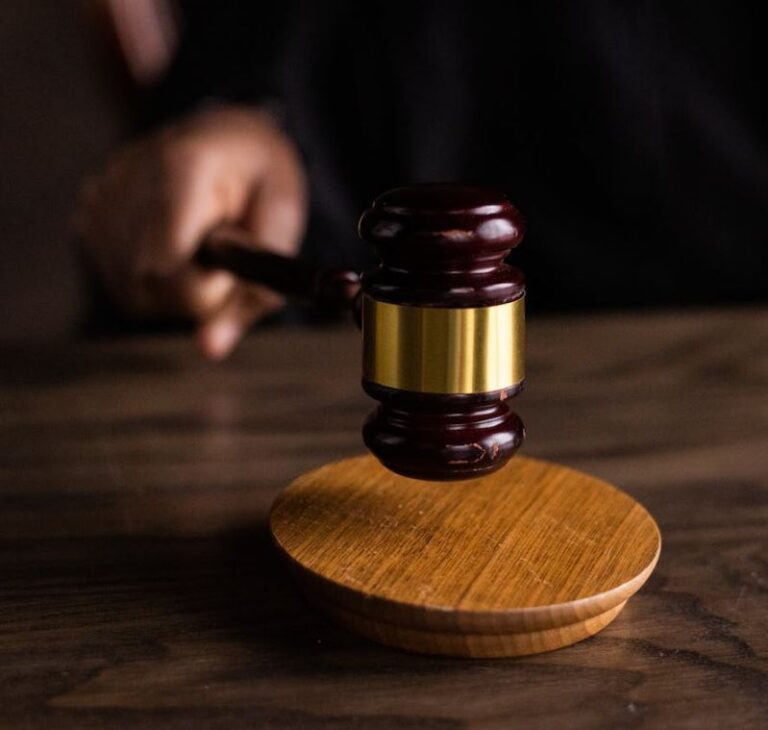What I Learned After 30 Days of Witness Training
A month ago, I stumbled into something that changed the way I think, speak, and show up in life.
It started with a friend’s offhand comment: “You’d be amazing in a mock trial.”
I laughed it off. I’m not a lawyer. I’m not even good at public speaking.
But the idea stuck.
Later that night, I Googled witness training just out of curiosity. I thought it was only for courtroom professionals. But as I read more, I saw how it could apply to real life. Clarity. Calm. Control under pressure.
I was intrigued.
So I decided to try it—for 30 days. No courtroom. No judge. Just me, a notebook, and some intentional practice.
Here’s what I learned.
Day 1: I had no idea what I was doing
I started with YouTube videos and blog posts. Most were for lawyers preparing witnesses for trial. But some went deeper—focusing on communication, mindset, and poise.
One thing became clear: witness training isn’t just about what you say. It’s about how you show up.
I decided to keep it simple. Every day, I’d spend 15 minutes practicing:
- Answering questions out loud
- Staying calm when challenged
- Watching my body language
The first few days were awkward. I stumbled over my words. I fidgeted. My answers rambled.
But I stuck with it.
By Week 2, something shifted
I began to notice little changes.
I paused before speaking. I listened more carefully. I answered questions with less fluff and more clarity.
I wasn’t just training to speak—I was training to observe myself in action.
That’s when I started keeping a daily log. Just a few lines on what went well and what didn’t.
Here’s what I noticed the most during Week 2—5 mistakes I kept making at first:
- Talking too fast
- Over-explaining simple things
- Avoiding silence
- Getting defensive
- Fidgeting with my hands
Seeing these patterns helped me correct them. Not by being harsh with myself—but by paying attention.
The practice was like holding up a mirror.
Week 3: Applying it to real life
This was the turning point.
I had a tense conversation at work. Normally, I’d try to fix the tension quickly or talk my way out of it.
Instead, I paused. I breathed. I listened. Then I answered clearly and calmly.
It worked. I felt in control, not reactive.
That evening, I realized something wild: I was using witness training without even trying.
It wasn’t just a practice. It was becoming part of how I communicated.
That’s when I got curious about where this training actually comes from.
I looked deeper into how it’s taught in law schools and trial prep sessions. That led me to ask: how does mock trial work?
Turns out, mock trials aren’t just academic exercises. They’re intense simulations. Students prepare arguments, question witnesses, and learn to think on their feet. Witnesses have to be prepared for anything—aggressive questions, confusing phrasing, and pressure from all sides.
And yet, they’re trained to stay cool. Calm. Focused.
That clicked for me. This training isn’t about being perfect. It’s about staying present—even under stress.
Week 4: The results were clear
By the final week, I was hooked.
My confidence had grown. Not in a loud, look-at-me way. More like an inner steadiness.
I noticed I was:
- Less reactive in conversations
- More mindful of my words
- Clearer when setting boundaries
- Calmer during conflict
- More curious in difficult moments
Those changes didn’t happen overnight. But they were real—and they stuck.
Here’s what helped me the most.
- Practicing in front of a mirror
- Recording my answers and playing them back
- Writing out common questions and practicing responses
- Timing my answers to stay concise
- Practicing silence without rushing to fill it
- Getting feedback from a friend I trusted
- Using deep breathing before tough conversations
These tools are simple, but powerful. They made the training feel doable—even on busy days.
The mindset shift I didn’t expect
There was one unexpected benefit I didn’t see coming.
I started observing my thoughts the way I observed my speech.
When I felt nervous or defensive, I didn’t jump in to fix it. I noticed it. I stayed with it. I let the feeling pass.
It was like developing a second self—a witness to my experience.
That’s when I realized witness training isn’t just about communication.
It’s about awareness.
And once you build that awareness, it spills into everything:
Your work. Your relationships. Even how you talk to yourself.
Final thoughts
I started this challenge thinking it would help me speak more clearly.
It did that—but it also gave me something deeper.
Witness training taught me how to stay present under pressure. It helped me communicate with confidence. And it gave me a practical way to build self-awareness.
I’m still practicing. Still learning. But I can say this with confidence:
This training belongs in everyday life—not just in courtrooms.
If you’ve ever felt misunderstood, flustered, or unsure of your words, give witness training a try.
Start small. Practice a little each day. Notice what happens.
It might surprise you—just like it did for me.






